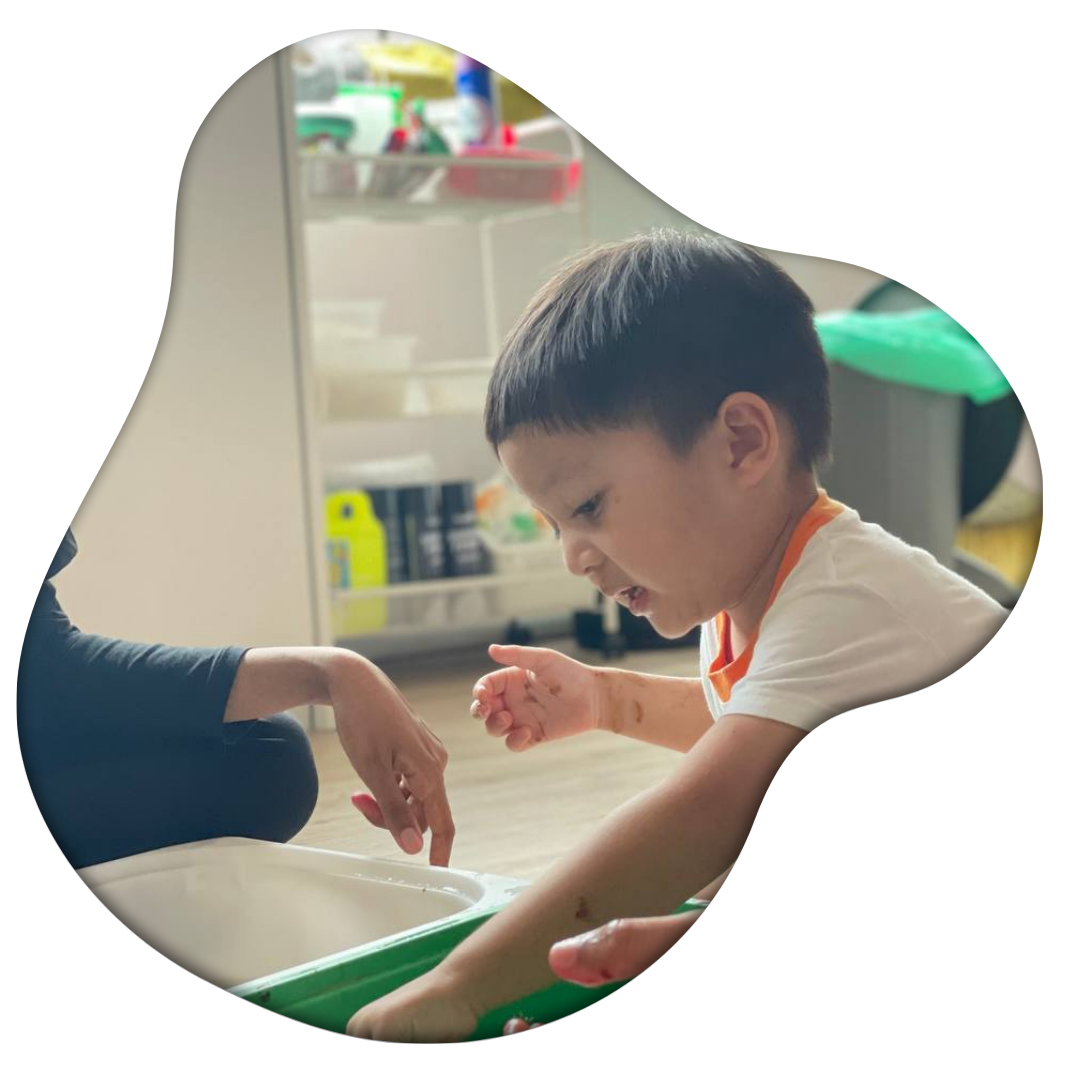Areas of Sensory Therapy

- Exploring different textures such as sand, water beads, slime, or fabric helps children develop their sense of touch.
- Sensory bins filled with materials like rice, beans, or pasta allow children to manipulate and feel different textures.
- Colorful and visually appealing materials in sensory play activities enhances visual perception and discrimination.
- Creating soundscapes with nature sounds, musical instruments, or textured materials can enhance auditory experiences.
- Engaging in activities that involve scents, such as scented playdough, scented markers, or smelling different herbs and spices, helps develop the sense of smell.
- While taste is not always incorporated into sensory play for safety reasons, some edible sensory activities, like exploring different flavors of safe food items or making edible playdough, can provide gustatory stimulation.
- Many sensory play activities involve manipulating small objects, pouring, scooping, and pinching, which promote the development of fine motor skills.
- Play dough, kinetic sand, and activities with small tools encourage fine motor coordination and control.
- Sensory play stimulates cognitive development by encouraging exploration, problem-solving, and creativity.

Zenith Corporate Park,
Kelana Jaya
No 61-1 & 63-3 Block F,
Zenith Corporate Park,
47301 Kelana Jaya, Selangor.
Zenith Corporate Park,
47301 Kelana Jaya, Selangor.
